1. Sending Children Through the Mail
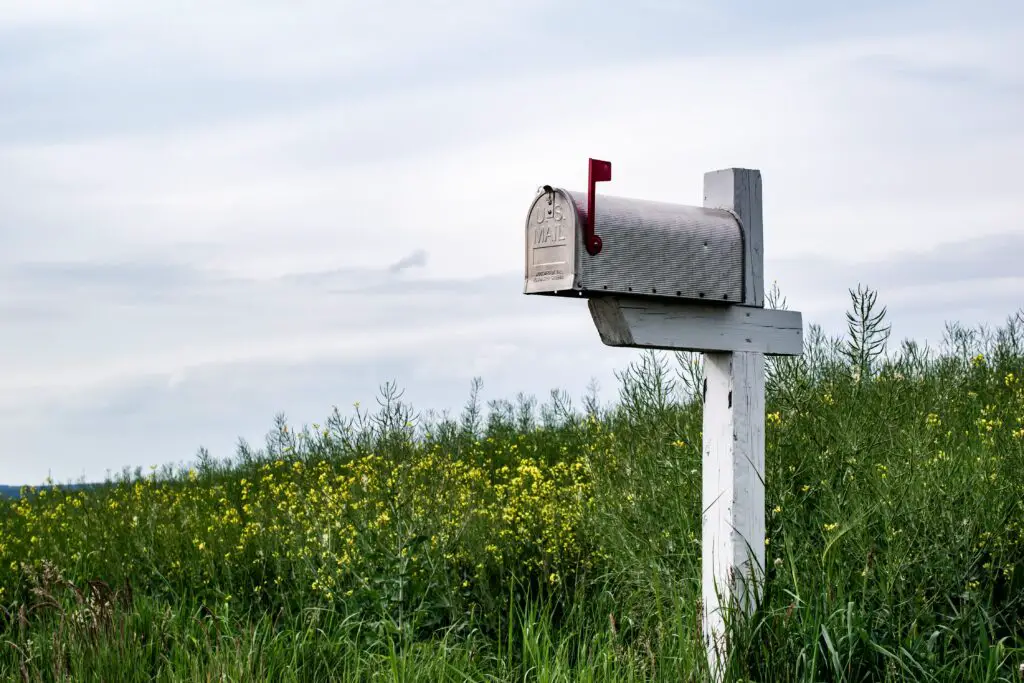
It sounds like the setup to a comedy sketch, but in the early 1900s, some parents literally mailed their children through the U.S. Postal Service. After parcel post was introduced in 1913, a few families discovered it was cheaper to “mail” their kids to grandma’s house than buy a train ticket. Postal workers actually delivered the children safely, usually accompanied by stamps attached to their clothing shares History.com.
Of course, this wasn’t a widespread practice, and postal regulations were quickly updated to stop it. Still, the idea that anyone could box up a toddler with a sack of potatoes and ship them off feels like something out of a cartoon. It’s a bizarre glimpse into a time when trust in institutions was almost unimaginable by today’s standards. And apparently, it was more about saving money than convenience. It definitely wouldn’t fly now, especially with modern safety standards and social services adds Smithsonian Magazine.
2. Picnicking in Cemeteries
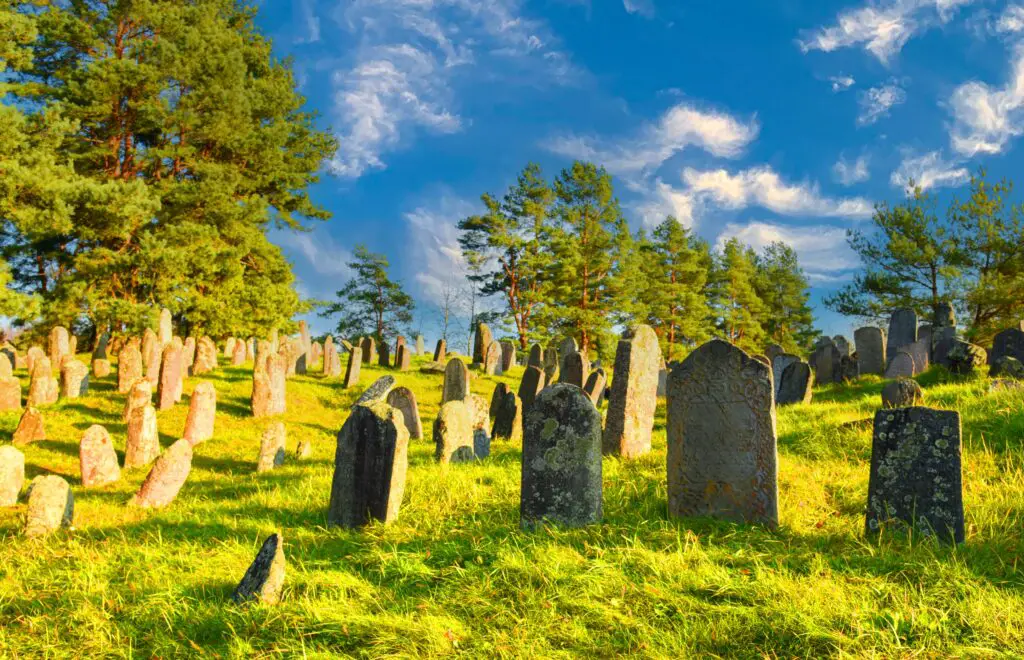
Before public parks were common, cemeteries were actually popular spots for family outings. In the 19th century, people would pack up baskets of food and have Sunday picnics among the gravestones. It was considered respectful, even uplifting, to be near loved ones who had passed while enjoying time together shares Atlas Obscura.
We might find that idea a little creepy now, but back then, cemeteries were beautifully maintained, garden-like places. They were peaceful and green at a time when cities were dirty and overcrowded. Some families even posed for photos beside relatives’ headstones like it was no big deal. Today, you’d probably get odd looks if you pulled out a sandwich and a blanket in a graveyard. But at the time, it was completely normal says Reddit.
3. Hair Jewelry Made from Loved Ones
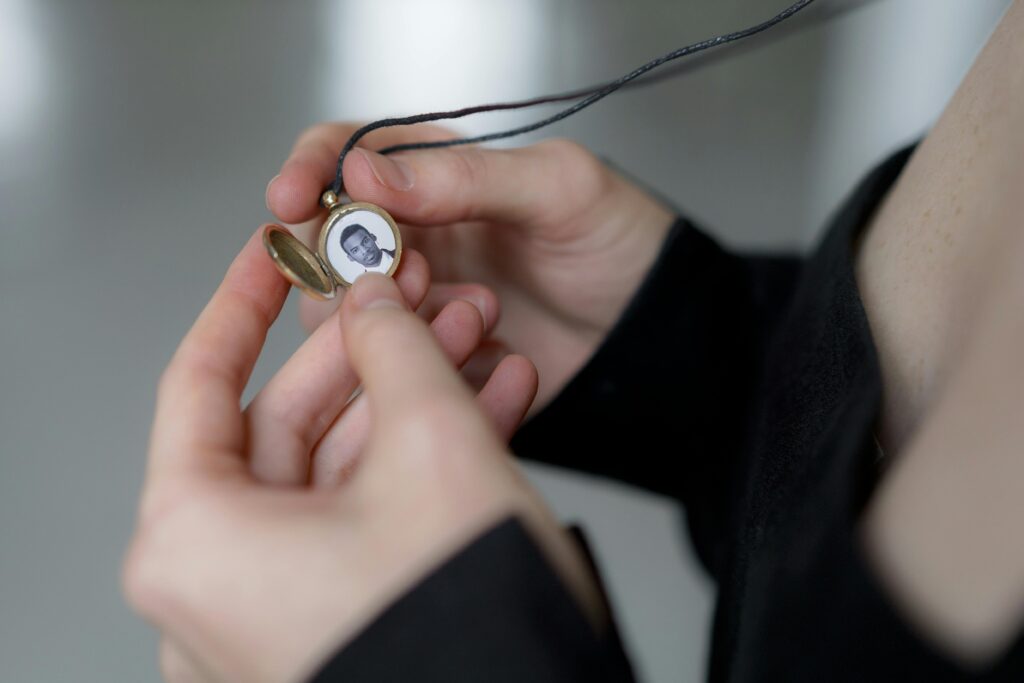
During the Victorian era, it was common to turn a deceased loved one’s hair into intricate pieces of jewelry. Mourning brooches, lockets, and even entire wreaths were crafted from human hair and worn as sentimental keepsakes. To them, it was a beautiful, tangible way to stay close to someone they had lost.
It wasn’t just about grief either—people also gave hair jewelry to sweethearts or children as a sign of love. While it might sound morbid to us, it was deeply meaningful and artistic at the time. These pieces took serious skill to make and were often treasured for generations. Today, we’re more likely to keep a photo or maybe a voicemail. But back then, a lock of hair was as personal as it got.
4. Dousing Babies in Lard Before Swaddling
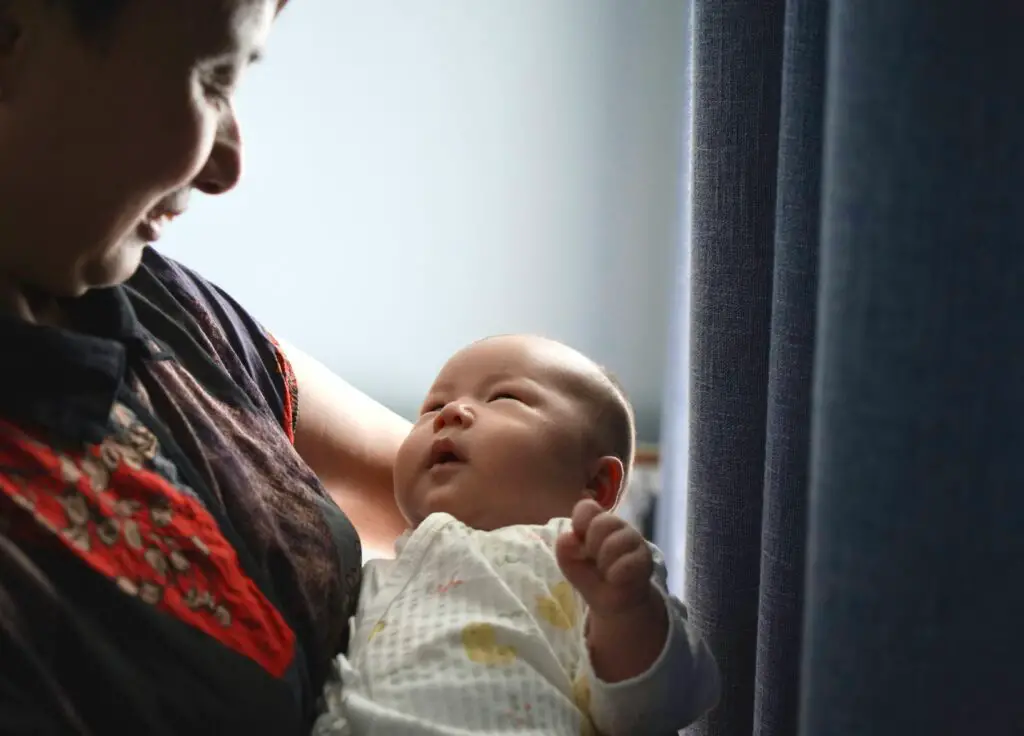
In some rural communities, especially in the 19th and early 20th centuries, it was common to rub babies in lard before wrapping them tightly in cloth. The belief was that the fat would protect the baby’s skin and keep them warm, especially in colder months. It also helped reduce diaper rash and other irritations, or so people thought.
Today, the idea of coating an infant in pig fat might make new parents shudder. We’ve come a long way in terms of baby care and hygiene. But for families without access to modern products, lard was cheap, available, and trusted. It’s a reminder that sometimes, rituals are born out of necessity rather than comfort. And while it might sound wild now, it was just another part of early parenthood back then.
5. Teeth Blackening as a Beauty Standard

In 18th and 19th century Japan, women dyed their teeth black in a process called ohaguro. While not American, this influenced early American visitors and thinkers who debated its meaning. Oddly enough, some early American communities considered stained or darkened teeth a sign of wealth, since sugar was expensive.
Blackened teeth were associated with maturity, loyalty, and status in some circles. Today, white teeth are practically a national obsession, but back then, it wasn’t always the case. Rituals around beauty often seem strange in hindsight, and this is a perfect example. What we see as grotesque now was once deeply symbolic and widely accepted. It shows how fluid beauty norms really are.
6. Baby Cages Hung Out Apartment Windows
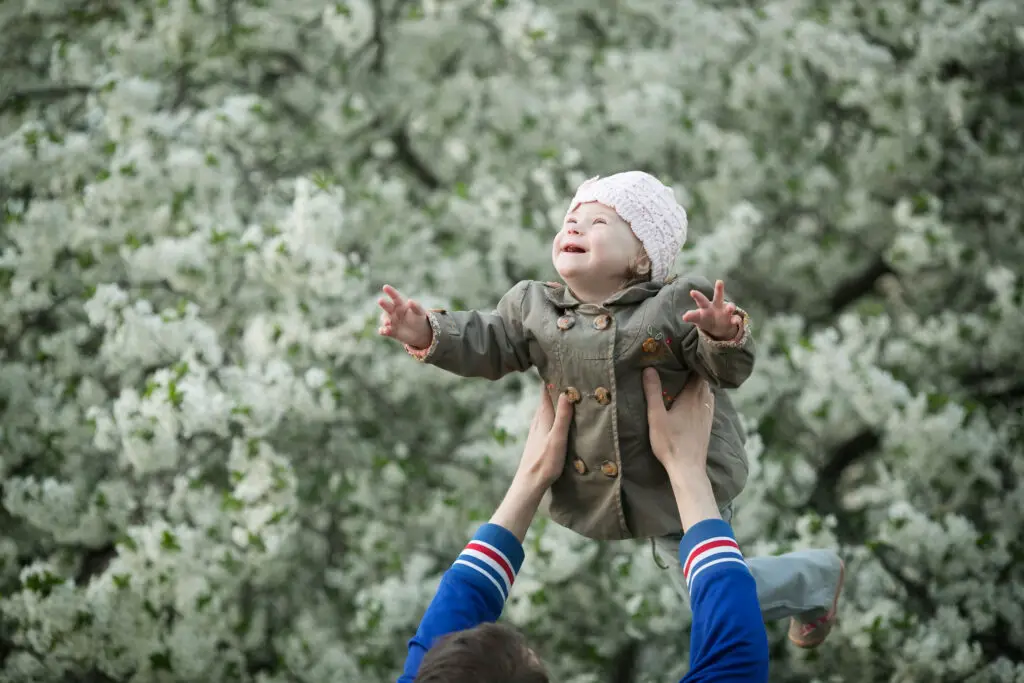
In the 1930s, urban mothers were encouraged to give their babies fresh air by putting them in wire cages that hung outside their apartment windows. Yes, you read that right—metal mesh boxes attached several stories up with a baby inside. They were meant to mimic outdoor play for city kids who didn’t have access to yards.
It was considered a modern parenting solution, and some doctors even endorsed the practice. But looking back, it’s hard to imagine feeling comfortable with your child suspended above a busy street. There were even photographs in parenting magazines showing babies snoozing in these contraptions like it was totally normal. Today, that would spark a thousand calls to child protective services. But at the time, it was seen as innovative and healthy.
7. Dressing Boys in Dresses
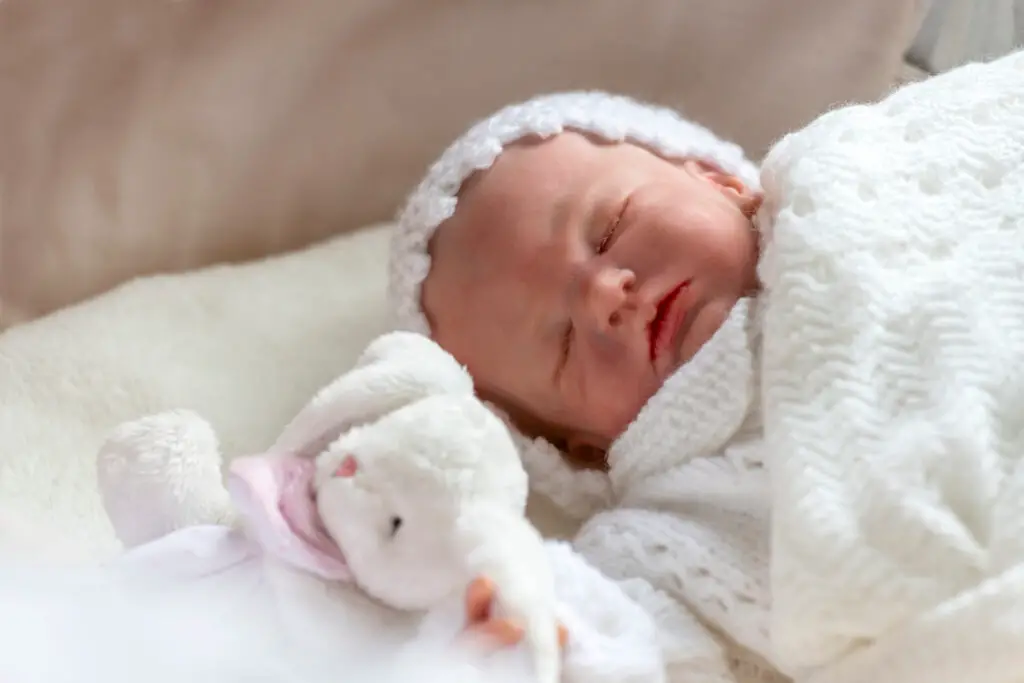
Until around the early 20th century, it was totally normal for little boys to wear dresses. In fact, gender-specific clothing for children wasn’t much of a thing until later. Dresses made diapering and potty training easier, so practicality won out over style or tradition.
Old photos of young Franklin D. Roosevelt in a white dress often surprise people today. But back then, there was no panic over gender roles for toddlers. Pink wasn’t even associated with girls until much later, either. It’s funny how something that was once practical and accepted now feels confusing or controversial. Culture has a way of rewriting what’s “normal” every few decades.
8. Giving Babies Alcohol to Soothe Them

Before over-the-counter medicine was widely available, many parents turned to homemade remedies to calm fussy babies. That often meant a little alcohol—yes, really. Whiskey on the gums was a go-to teething treatment, and some “soothing syrups” were loaded with alcohol and even opiates.
It wasn’t seen as neglectful, just resourceful. In the late 1800s and early 1900s, no one blinked twice at it. Today, we understand how dangerous that is for a developing brain, but parents back then were just doing what they could with the tools they had. It’s a sobering reminder of how far medical advice has come. And how lucky we are to have better options now.
9. Parlor Room Corpse Viewings
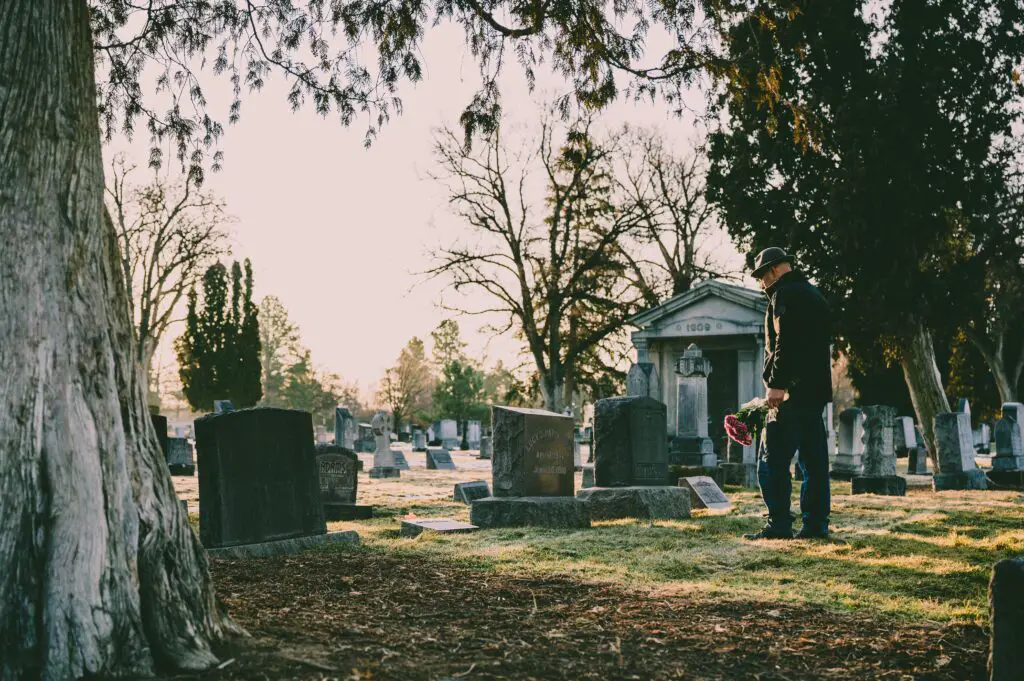
Before funeral homes were common, most families handled everything at home, including keeping the deceased in the parlor for several days. The body would be laid out in a casket, and visitors would come and go as if stopping by for tea. These were often multi-day affairs, especially in rural towns.
The parlor was quite literally named for this ritual. Once funeral homes took over the process, the “parlor” began fading out of homes altogether. That’s why the term “living room” came into play—it sounded less grim. Today, we leave death to the professionals, but there was something intimate about those home rituals. Unsettling, yes, but deeply personal too.
10. Schoolchildren Practicing Nuclear Bomb Drills
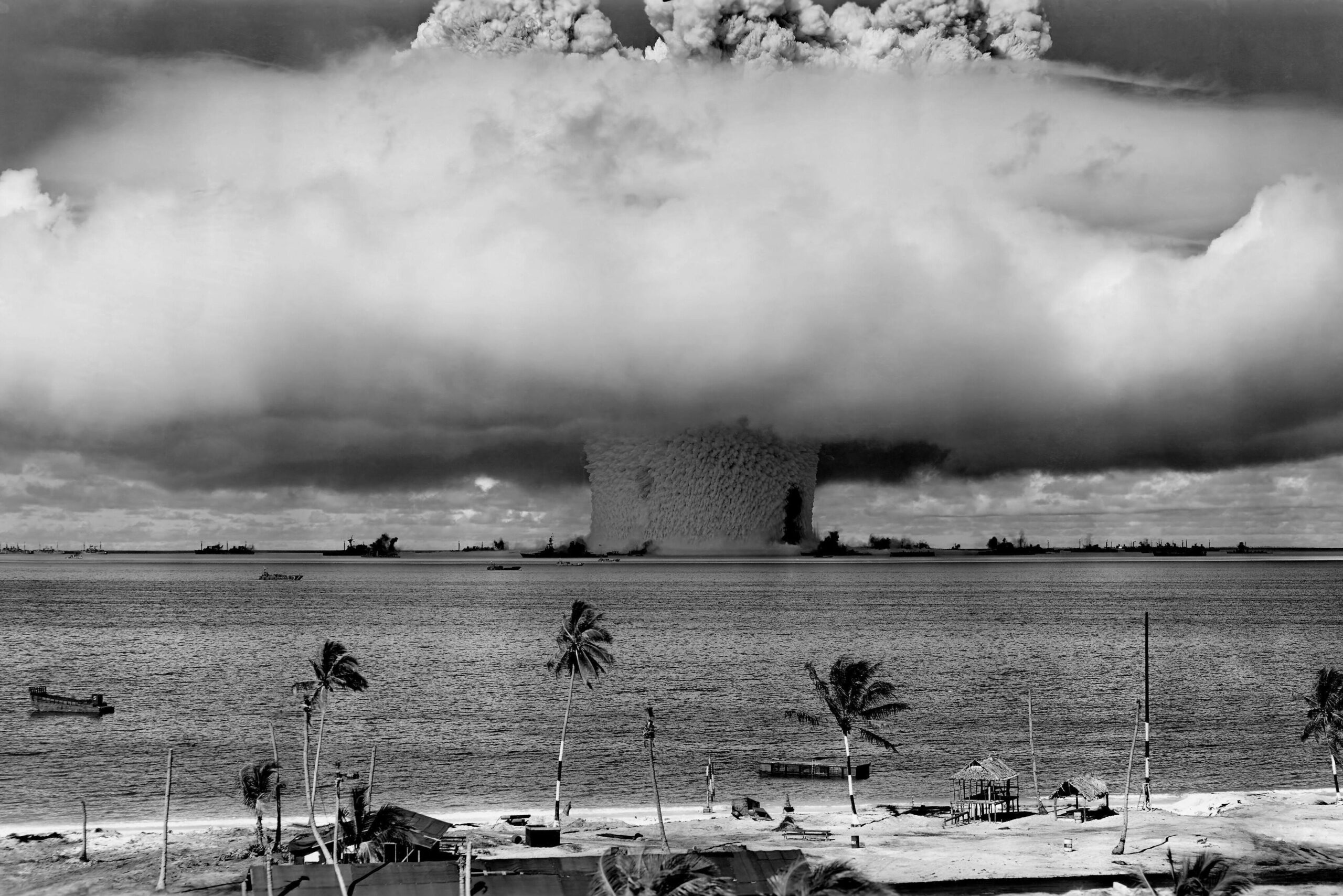
During the Cold War, kids across America were taught to “duck and cover” in the event of a nuclear attack. The drills involved diving under desks and shielding your head with your hands, as if that would somehow protect against a nuclear blast. It was part of the nationwide effort to prepare citizens for atomic warfare.
For those who lived through it, it became routine, even if it was terrifying. Looking back now, the futility of it all is striking. No desk was going to save anyone from a bomb. But fear was high and understanding was low, so people clung to any sense of preparedness they could. It’s a chilling piece of history that feels almost surreal today.
11. Snake Oil Sales as Entertainment
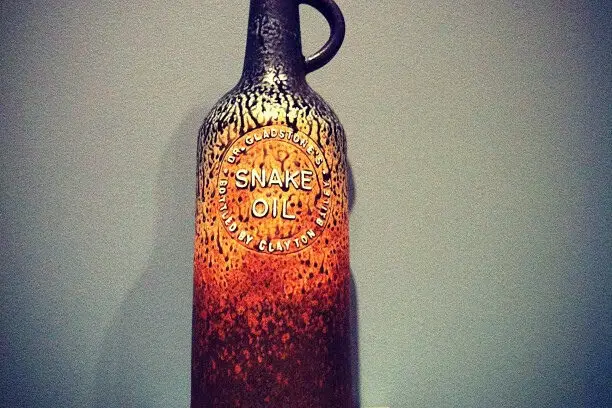
In the late 19th and early 20th centuries, snake oil salesmen would travel from town to town putting on flashy shows to sell miracle cures. These traveling medicine shows were part entertainment, part sales pitch, often featuring music, comedy, and wild health claims. The “cures” were usually made of alcohol, herbs, or useless ingredients.
People loved the spectacle and genuinely believed the hype. With limited access to doctors, many were willing to try anything. It sounds absurd now, but the performers were skilled in showmanship and persuasive speech. Some even became local celebrities. Today, we have internet scams instead, but the core idea hasn’t gone away—it just moved online.
12. Socializing in “Lunatic Asylums”
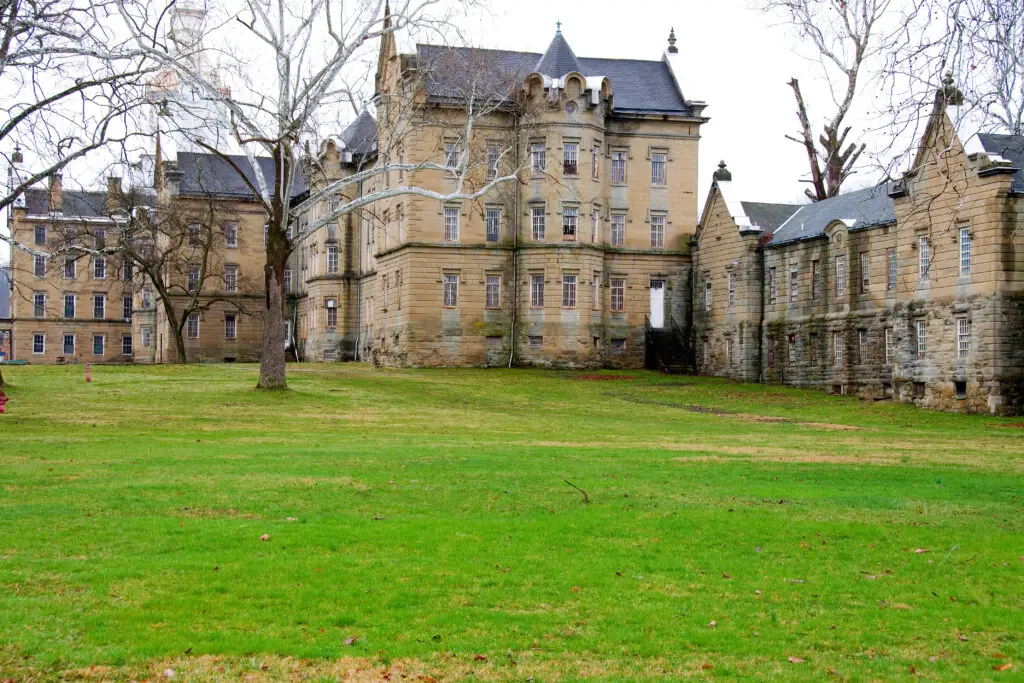
In the 1800s, visiting the local asylum was considered a wholesome way to spend an afternoon. Some asylums hosted dances, concerts, and picnics that were open to the public. Local residents would stop by to socialize with patients, believing the interaction was beneficial to everyone involved.
It’s hard to imagine a modern mental health facility doing the same thing. These visits were often more about curiosity than compassion, unfortunately. People saw them as a kind of human zoo. But in some cases, the events helped reduce stigma and isolation for patients. It’s a complex mix of ignorance and well-meaning intentions that feels bizarre now.
13. Shooting Off Fireworks Inside Homes
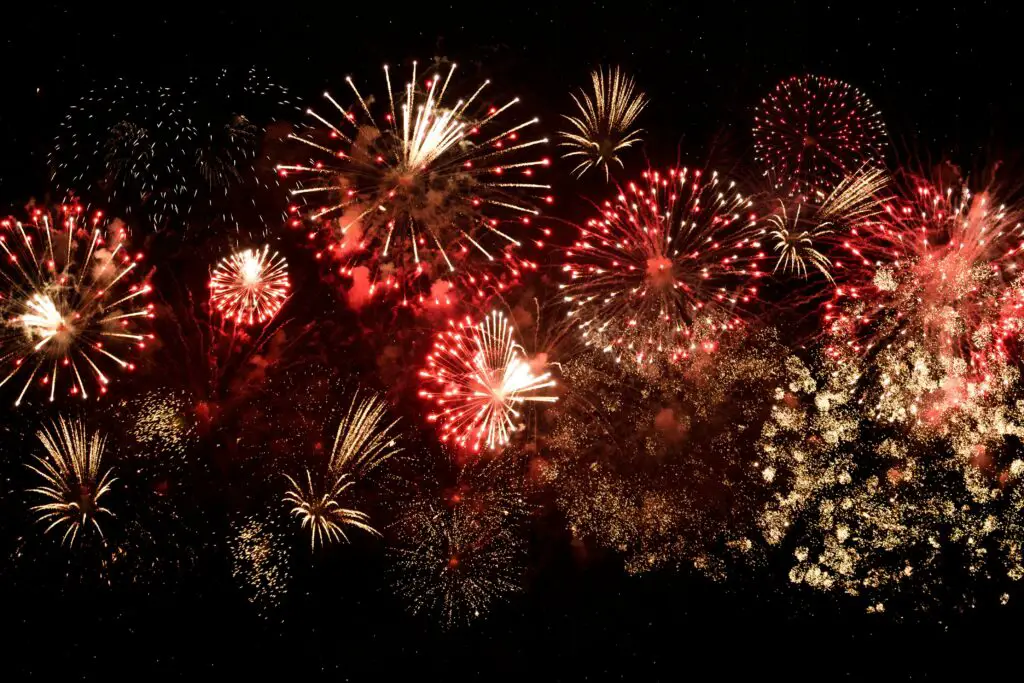
In the 1800s, especially around holidays like the Fourth of July, it wasn’t unusual for families to light small fireworks indoors. Children would shoot off firecrackers in parlors and kitchens, and parents mostly shrugged it off. Some families even used gunpowder to create indoor light displays for parties.
Safety rules? Virtually nonexistent. Fires were common, and so were burns, but the thrill of celebration often outweighed the risk. Today, most people won’t even light a sparkler without a bucket of water nearby. Back then, it was just another wild part of the holiday spirit. It’s one ritual we’re probably all glad didn’t survive.
